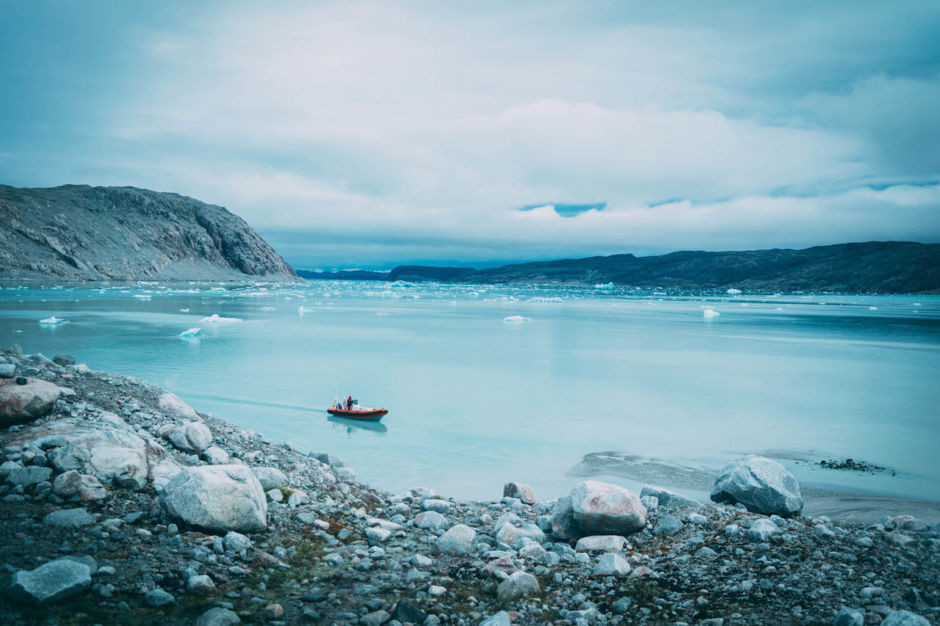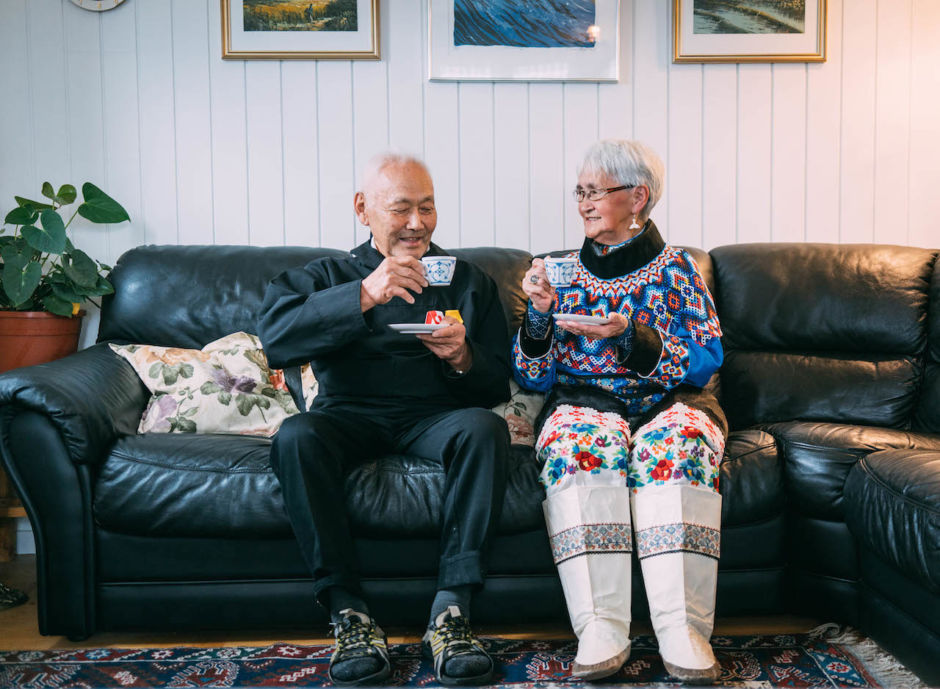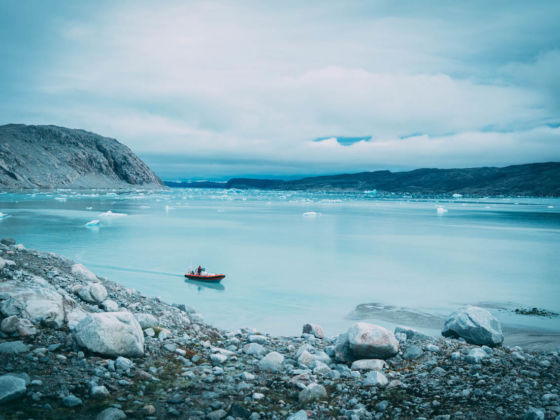Last summer, photographer Jorgo Kokkinidis traveled to southern Greenland. He explored the countryside, sea kayaked, and trekked on a glacier. In a land so little touched by human influence comes a stillness and silence that can touch you in surprising ways. Jorgo spoke with Matador Network’s Outdoors Editor Noelle Salmi about his voyage, adding that he will carry Greenland with him always.
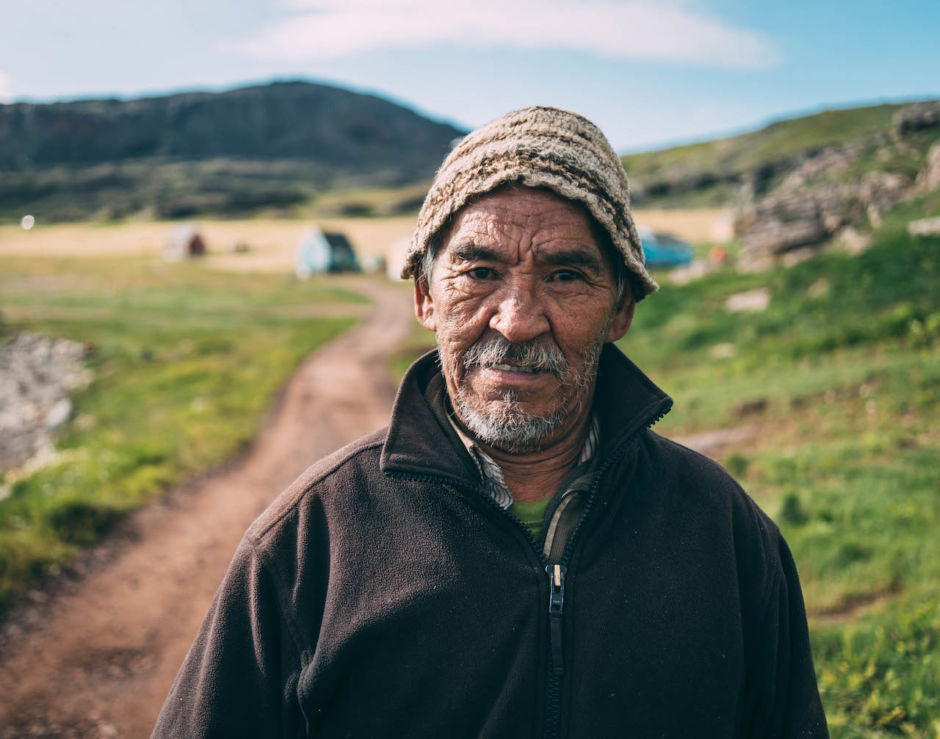
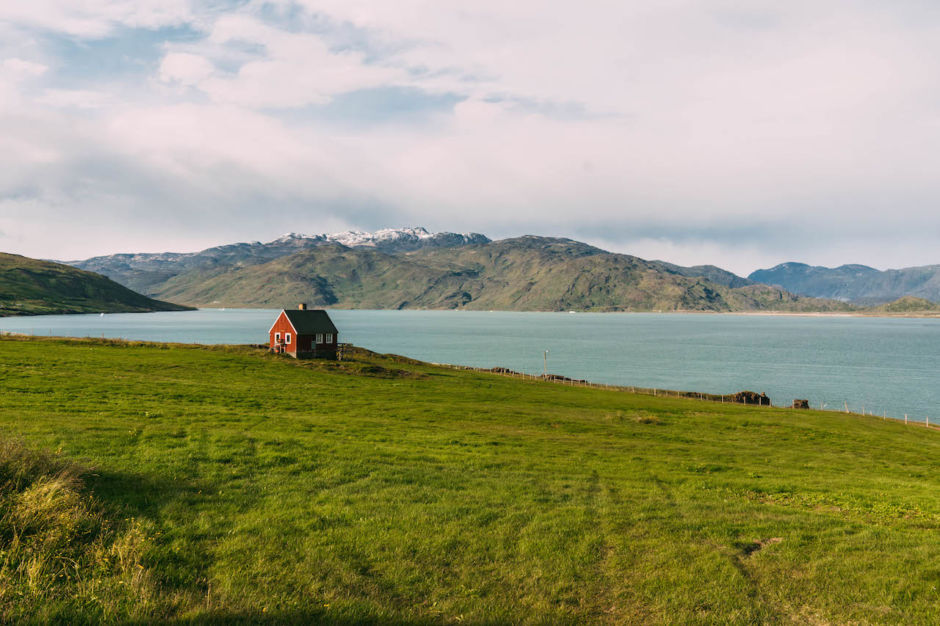

Intermission
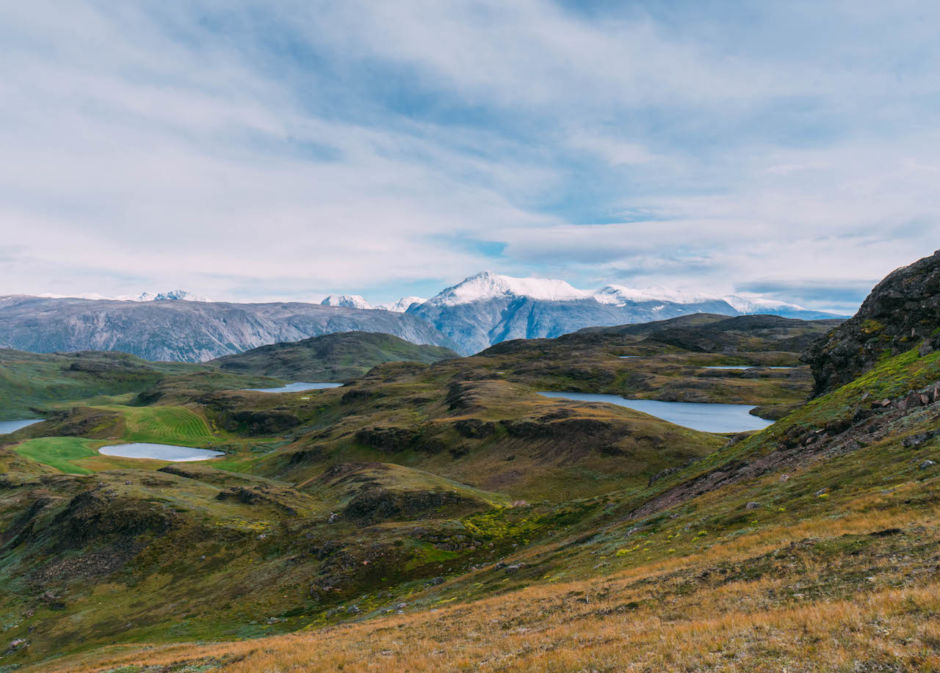

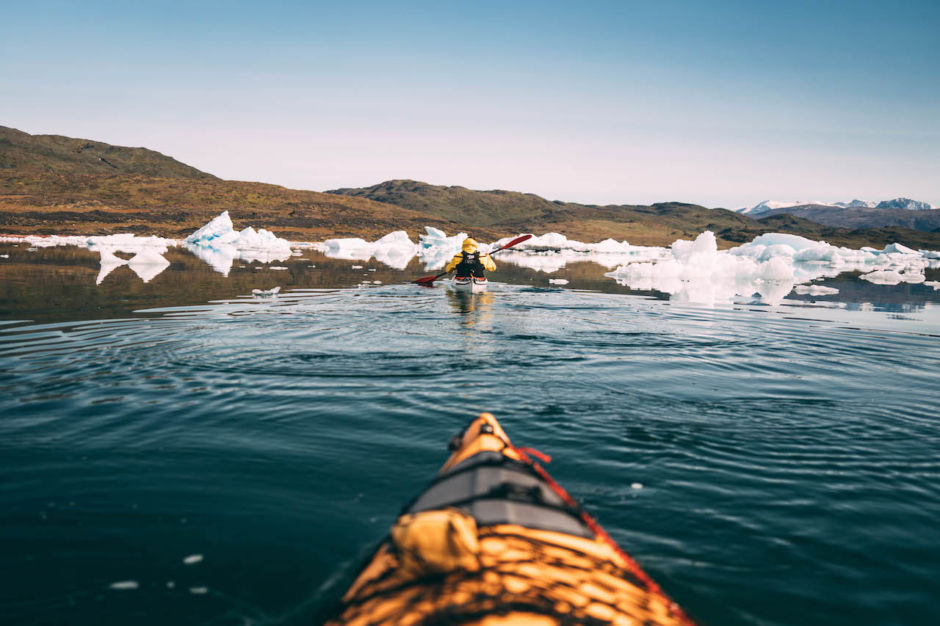
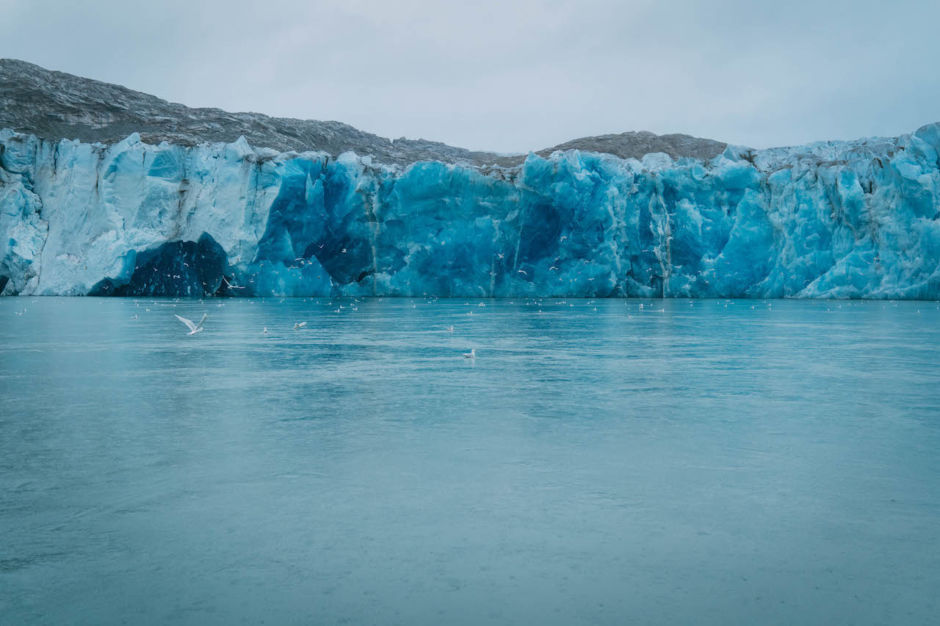
Intermission
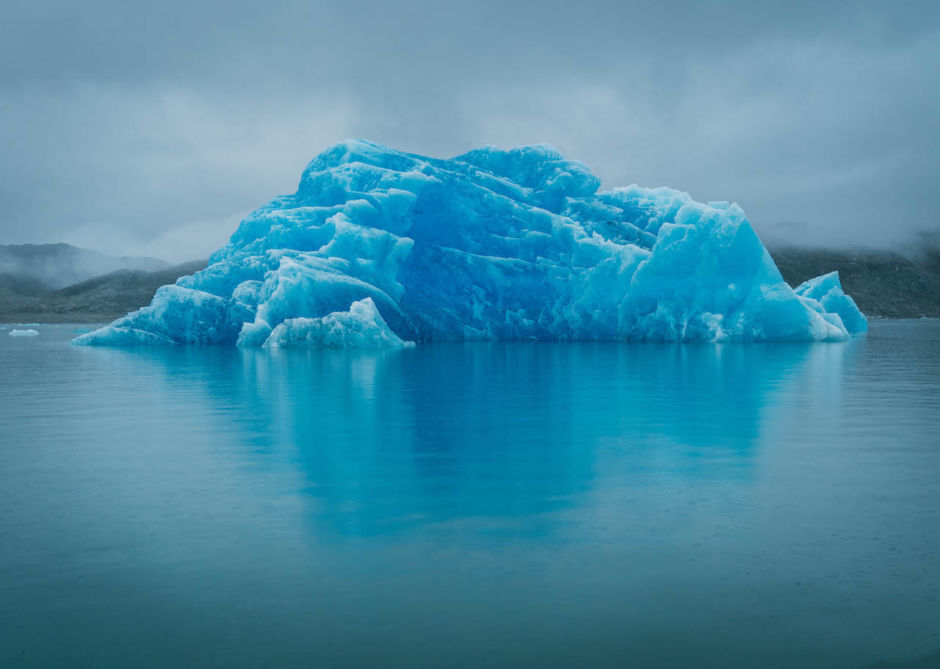
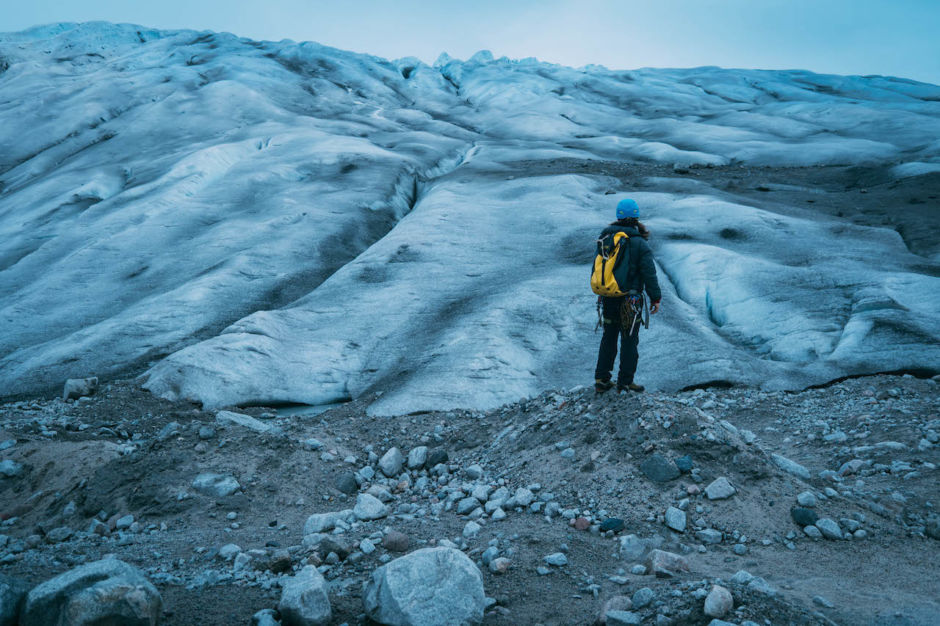
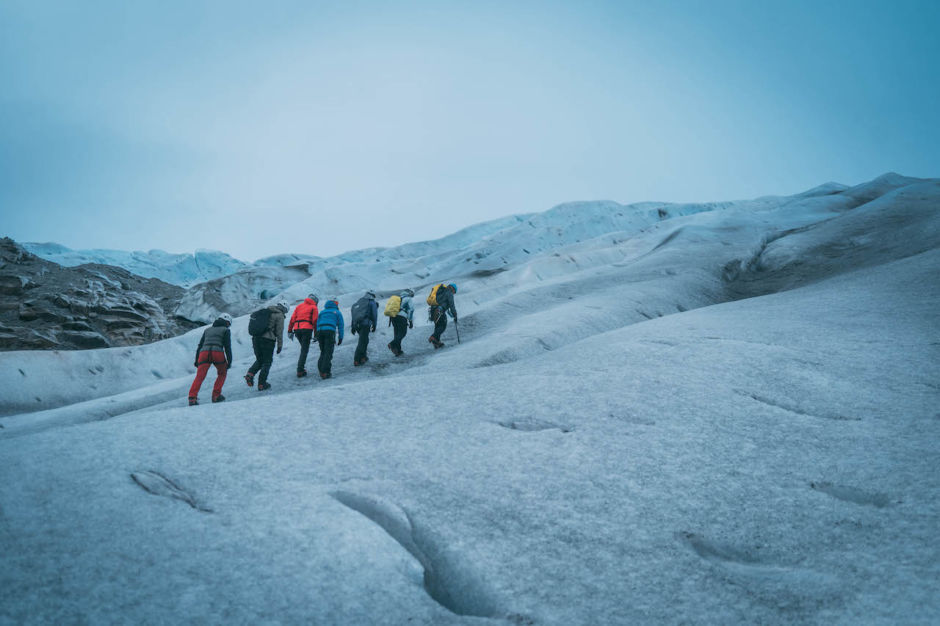
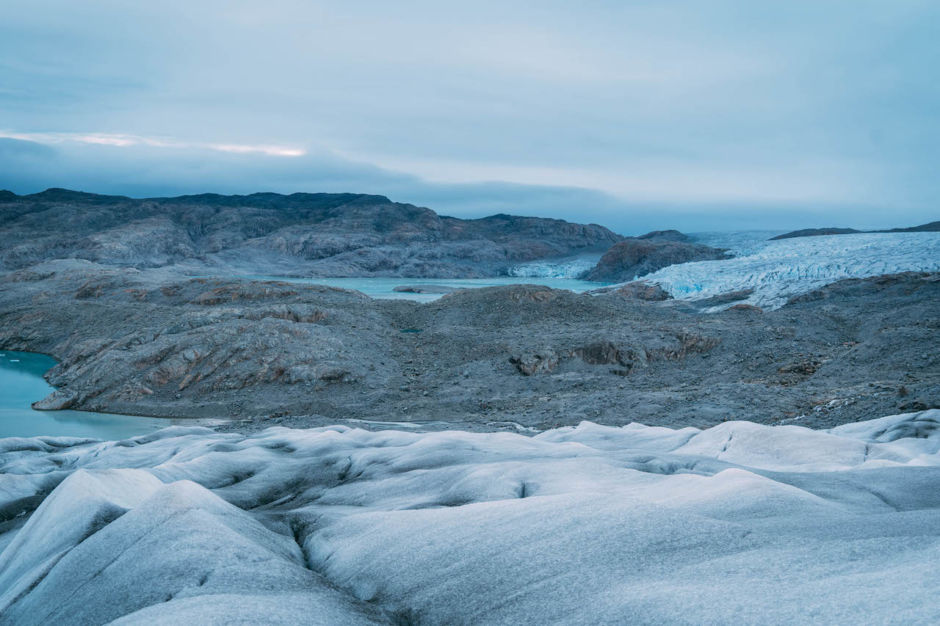
Intermission
